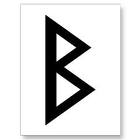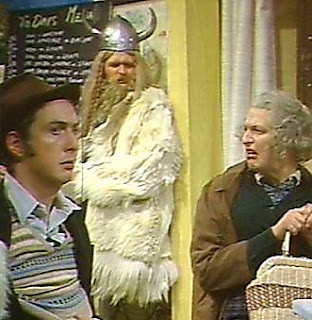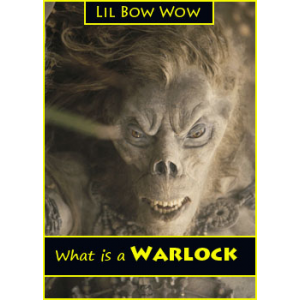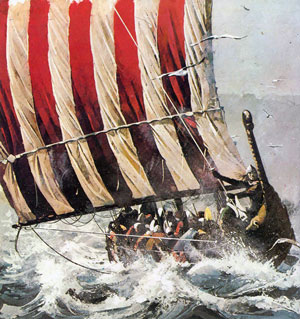
BERKANA MEANING
To many Berkana is seen as the female Rune only as it is said to represent the internal goddess energy, female fertility, and the relationship between a mother and her child. By looking at the Occult symbol one can see that the female nature / symbolism of the symbol, maybe implying the breasts of a women on the side when in pregnancy or after birth. As it is said to represent a new start in fertility or new beginning it is probably more so after child birth.
As mentioned above within the Runes meaning is the meaning of nurturing when shown in a reading or rune cast. In other meanings to do with other aspects of life such as business it would represent the nurturing of the business and maybe a new start in the business as well. Like a new idea.
The rune is also said to symbolize the importance and power of the Birch Tree. The regrowing and fertility shown here could be its representation as well.
Other ways of looking at the rune Berkana is that it symbolizes growth and rebirth in all matters, a fresh start, a new journey and success. It is a very positive rune for many. It is also believed many feminine mysteries are within Berkana, however this does not totally mean that it is only solely for females only, rather that it can mean a nurturing aspect of a supportive protective male as well.
BERKANA REVERSED
The reversed meaning of Berkana in a casting or similar usually means not a good start, a bad beginning to a new task or maybe not a good idea venture into what you were thinking of doing. In relation to business it may refer to not making a business decision just yet and wait.
As a rune, I believe Berkana would of been used around child bearing times, planting time (harvest) and times where nurturing was needed. Also, it may of been used in the form of a wand or necklace.




